Clipart tagged: ‘fauna’
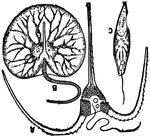
Flagellata
Flagellata is an order of Protozoa characterized by the presence of flagellae (whip-like structures…
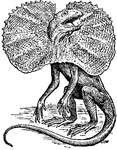
Frilled Lizard
Found in Oueensland and other parts of Australia, this lizard belongs to the family Agamidae. It reaches…
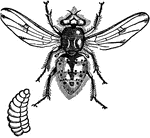
Gadfly of Horse
A gadfly, or Bot-fly, that lays its eggs on horses. After these eggs hatch on the skin, the larvae bore…
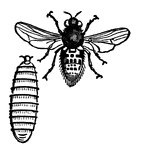
Gadfly of Sheep
The Gadfly of the sheep lays its eggs in the nostrils of the sheep. There, the maggots hatch and live…

Head of Gems'bok
This illustration shows a head of a Gems'bok. A Gems'bok (Oryx Gazella) is a species of South African…

Grovia Oviformis
Grovia Oviformis is a type of Foraminifera (a class of unicellular animal/protozoa). They are almost…

Jumping Hare
The Jumping Hare, also known as the Springhaas, is a large African jerboa (Pedetes caffer). In size,…

Great Kangaroo
The Great Kangaroo, or 'boomer', or 'old man' (Macropus giganteus), attains a height of about five feet…
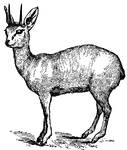
Klipspringer
The Klipspringer, or Kainsi, is a small but very active antelope (Oreotragus saltator), found in the…